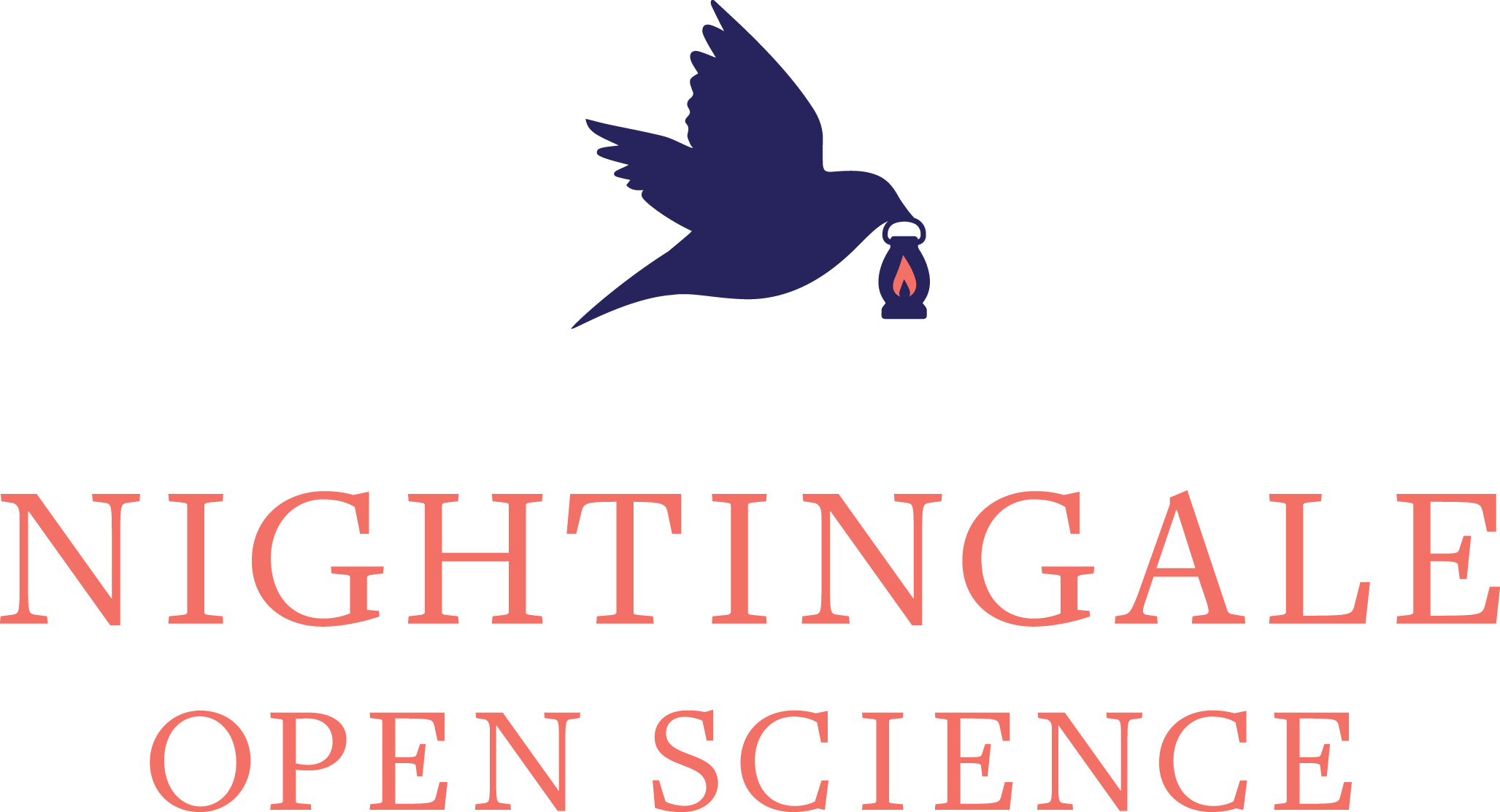
Learn more about Nightingale DATA
Thank you! Your submission has been received!
Oops! Something went wrong while submitting the form.
Computational medicine is a new field at the intersection of medicine, statistics, and computation. But this field is being stymied by lack of data.
Fields like computer vision and natural language processing have benefitted from shared data where researchers can compete and collaborate on high value questions and problems - such as ImageNet for object detection and MNIST for digit recognition.
But computational researchers have no comparable datasets to answer critical questions in health and medicine. Making such datasets available is a key part of building this new field. Once researchers have the raw material they need to develop and apply new computational techniques to medicine, we expect to see similar leaps and bounds in our understanding and capabilities as occurred in other fields.
We focus on data that is high-dimensional, such as imaging and waveforms, which are ideally suited to machine learning.
We also emphasize linking these imaging data to ground-truth outcomes: what happened to the patient’s health, not just what a doctor thought about an image. This allows researchers to develop algorithms that learn from nature—not from humans.
We work with a variety of health systems in the United States and internationally to define specific and compelling research questions. We collaboratively build a dataset around those research questions and help the institution conduct analysis and gather findings. We then feature some of the deidentified data variables on our platform for researcher collaboration and competition.
Interested in partnering with us? Contact us here.
We are open to focusing on a broad range of clinical areas with our partners. Here are examples of work from previous partnerships:
All data that is featured on Nightingale is completely de-identified and non-PHI. Researchers must agree to terms of use. All content on the Nightingale Open Science platform is strictly limited to non-commercial research.